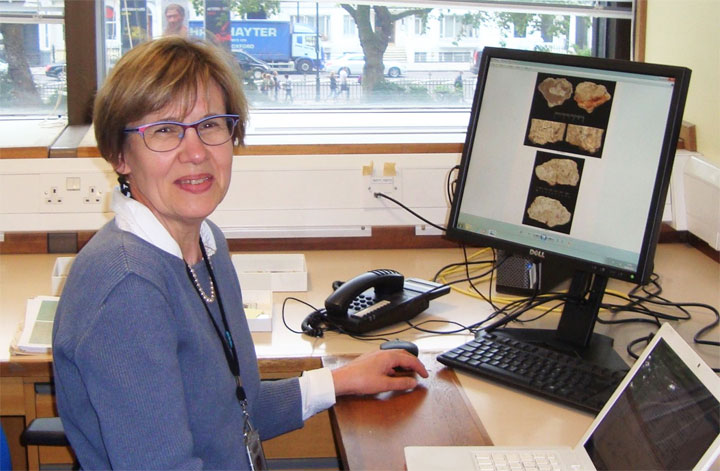Using the Canadian Light Source (CLS) in Saskatoon, a scientist says her study illustrates the capabilities of synchrotrons to investigate the early evolution of tissue systems in plants.

The project utilized the research facility’s soft X-ray spectromicroscopy (SM) beamline to study an extinct plant called Armoricaphyton chateaupannense via fossils that were collected in France.
The earliest known woody plant existed about 400 million years ago.
The fossilization process modifies soft plant tissue, which alters the original biochemical structure and makes it difficult to reconstruct.
Aided by advanced visualization technologies, officials said the study was able to identify lignified cells, suggesting the plant contained decay-resistant lignin compounds.
“Analyses show that both the 2D and 3D fossils have the same chemical composition, which is different than modern lignin, but the chemical signal of lignin is not completely lost in the fossilization process,” Dr. Christine Strullu-Derrien said in a press release.
Given how ubiquitous wood is as a structural component of modern plants, officials said Strullu-Derrien’s investigation advances the knowledge around when and how wood first evolved.
“The combination of synchrotron methods used to study the structure and the chemistry of the wood at this level of detail is novel,” Strullu-Derrien said in a press release.
“It’s crucial to have access to these techniques to reach the level of resolution needed for getting chemical signals such as lignin. This represents a developing and promising area for the study of fossils that will complement the morpho-anatomical data and help to interpret the structures.”
Strullu-Derrien and colleagues will now apply the same techniques on plants of other geological ages to answer questions surrounding the early evolution of tissue systems in plants.
“Wood first appears in small plants but did it have a different function than it does today in trees, for example?” she posed.
WATCH (Feb. 19, 2019): USask research on apparent hungry slugs reveals new timeline for life on Earth

Strullu-Derrien is a scientific associate at the Natural History Museum in England and the Natural History Museum in France.
The results of the study were published in a paper entitled On the Structure and Chemistry of Fossils of the Earliest Woody Plant.



Comments